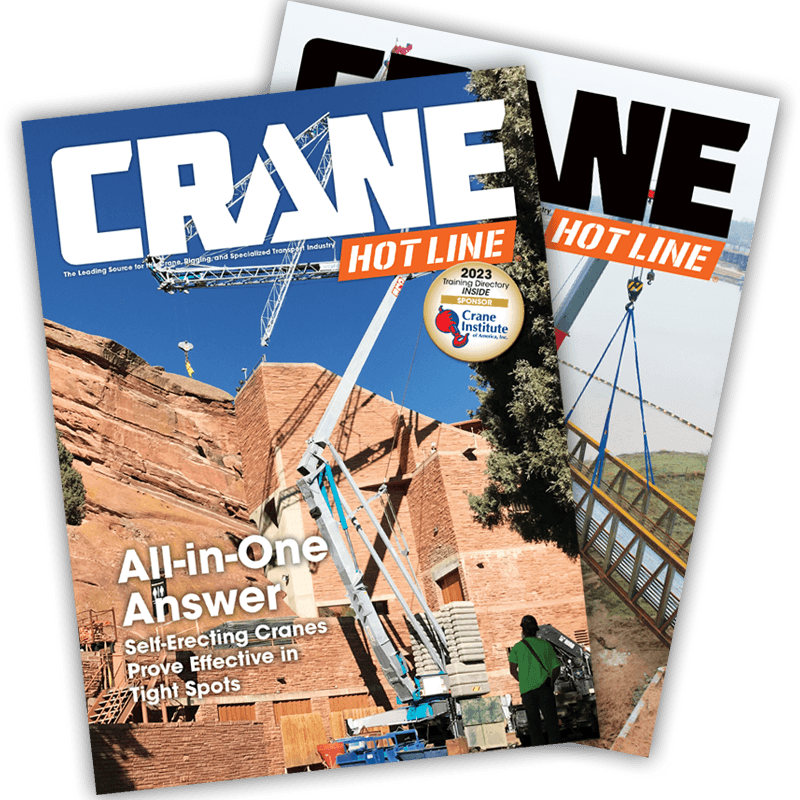NY Buildings Department Hosts International Crane Safety Conference
October 17, 2008 • New York Buildings Commissioner Robert LiMandri recently hosted an international conference on crane safety with more than 50 construction and public safety experts from the
Held at the department's headquarters in Lower Manhattan, the conference is the first of its kind in the country and serves as a step forward in developing an ongoing worldwide dialogue among responsible parties in the crane industry, including government regulators, crane owners, manufacturers, operators, contractors, engineers, and riggers. In the coming months, LiMandri will hold a safety summit with major crane manufacturers to discuss how to make cranes safer and build upon ideas generated at the conference.
“We each represent different cities, states, and countries, but we are all facing the same challenge • how to make cranes safer,” said LiMandri. “Recent accidents in
According to the U.S. Bureau of Labor Statistics, cranes have caused 323 fatalities across the country between 1992 and 2006, 68 of which were due to collapsing cranes like the one that led to the death of six workers and one civilian on March 15 in
At the conference, officials reviewed crane safety standards for permitting, licensing, maintaining, repairing, and operating cranes in order to identify ways to collectively address the problems that have plagued the crane industry. LiMandri also joined the officials in a brief tour of a construction site at
At the conference, participants reviewed crane safety standards and systems of oversight in the respective jurisdictions represented. They also explored ways in which structural parts of the crane can be tracked throughout their lifetime. Other discussion topics included license requirements, and the need for national crane maintenance and repair standards.


